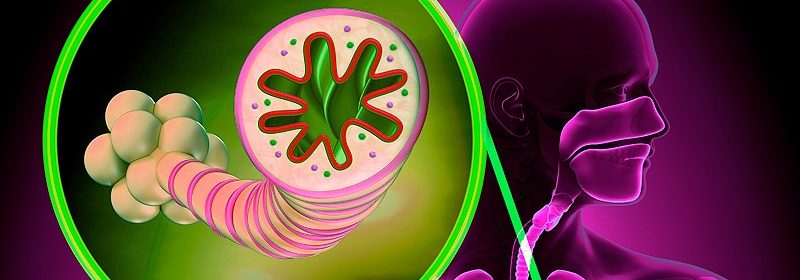Bronchial Thermoplasty Matches Biologics for Severe Asthma

Bronchial thermoplasty was as effective as biologics for treating severe asthma, based on data from approximately 15,000 individuals.
Bronchial thermoplasty (BT), a mechanistic intervention that delivers controlled thermal energy to the airway wall, has demonstrated safety and effectiveness for asthma in several clinical trials, but data on direct comparisons to biologics are lacking, wrote Khi Yung Fong, a medical student at the National University of Singapore, and colleagues.
Biologics have been shown to improve lung function and reduce exacerbations in severe asthma, but in contrast to biologics, BT offers the potential for symptom control regardless of phenotype, the researchers noted. BT is designed to target airway smooth muscle, and also promote nerve modulation that creates a therapeutic effect, they said.
In a meta-analysis published in Respiratory Medicine, the researchers identified 29 randomized controlled trials with a total of 15,547 individuals. They analyzed six outcomes: scores on the Asthma Control Questionnaire (ACQ) and the Asthma Quality of Life Questionnaire (AQLQ); the number of patients experiencing ≥ 1 asthma exacerbation, the annualized exacerbation rate ratio (AERR); oral corticosteroid dose reduction (OCDR); and morning peak expiratory flow rate (amPEF). The final data set included 14,656 patients with a mean age ranging from 39 to 55 years; 61.2% were women. The mean pre-bronchodilator FEV1 (% predicted) ranged from 51.6% to 80.9%).
Compared to controls, fewer patients treated with BT reported one or more asthma exacerbations after treatment (risk ratio 0.66). Significant improvements compared with controls also appeared in ACQ scores (mean difference -0.41) and AQLQ scores (mean difference 0.54), as well as OCDR and amPEF.
When the researchers conducted indirect comparisons of BT and biologics across all studies, they found no significant differences in outcomes. For example, 20 studies reported changes in ACQ scores, including four studies with BT. Across these studies, BT showed the second-highest decrease in ACQ compared with controls, and BT remained superior to controls and similarly effective compared with biologics in a subgroup analysis.
No differences in serious adverse events occurred between BT and biologics.
The current analysis shows that BT is noninferior to biologics in subjective and objective measurements of asthma control, the researchers wrote in their discussion, and “BT could potentially substitute lifelong biologicals in patients who agree to undergo the procedures.” However, patients must be informed of the potential for asthma aggravation immediately after a BT procedure and within the first week, they emphasized.
The findings were limited by several factors including the lack of head-to-head comparisons, the researchers noted. Other limitations included the lack of data on individual patients and in patient selection criteria across studies, they wrote.
The results support BT as noninferior to biologicals as a treatment option for symptom improvement in severe asthma, and potentially noninferior for reducing exacerbations and oral corticosteroid use, and improving lung function, they concluded. However, more research is needed to explore BT and biomarkers, cost-benefit analyses, and direct comparisons with biologicals, they added.
The study received no outside funding. Fong reports no relevant financial relationships.
Resp Med. May 28, 2023. Abstract.
For more news, follow Medscape on Facebook, Twitter, Instagram, and YouTube.
Source: Read Full Article